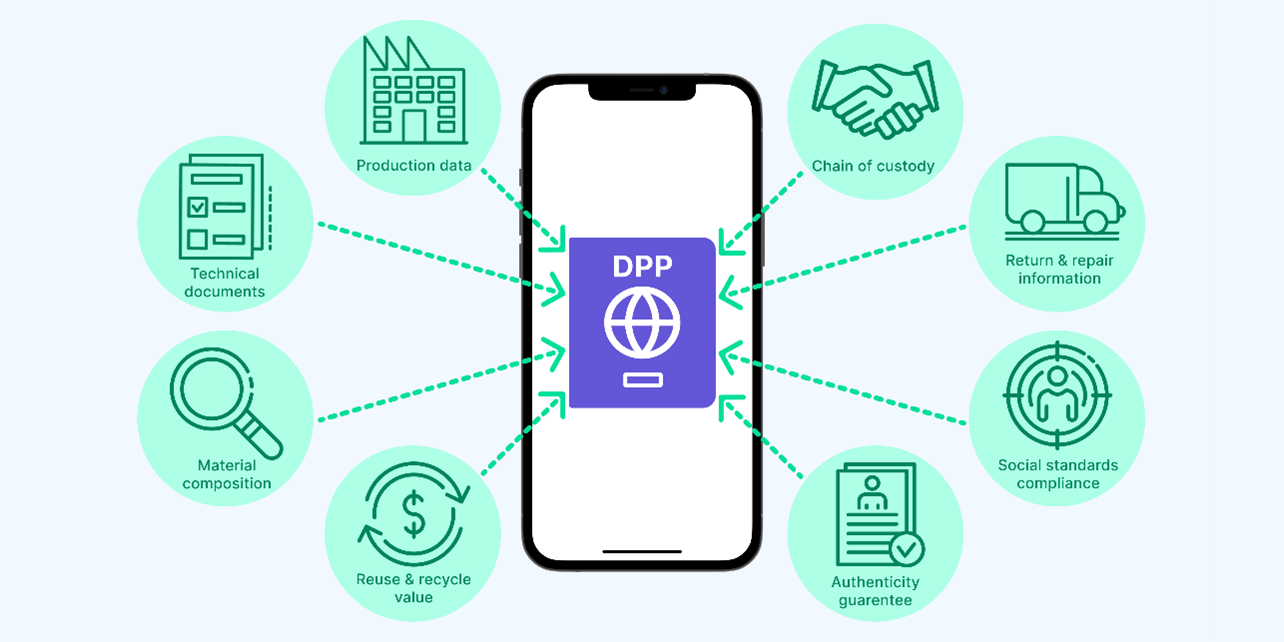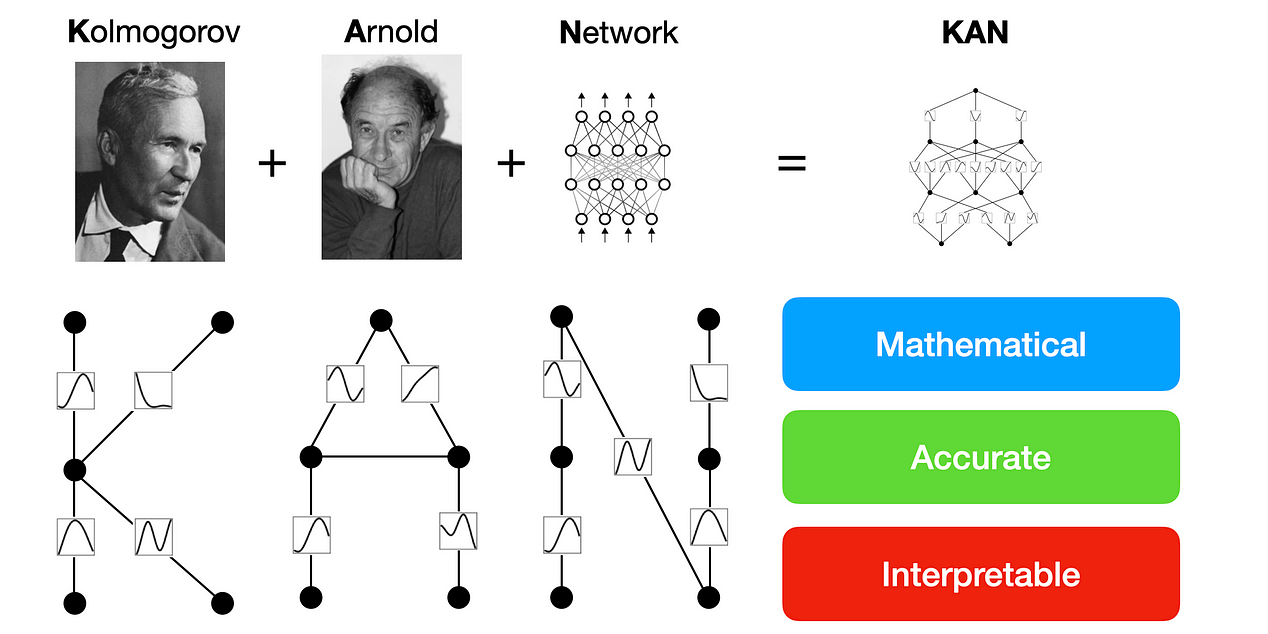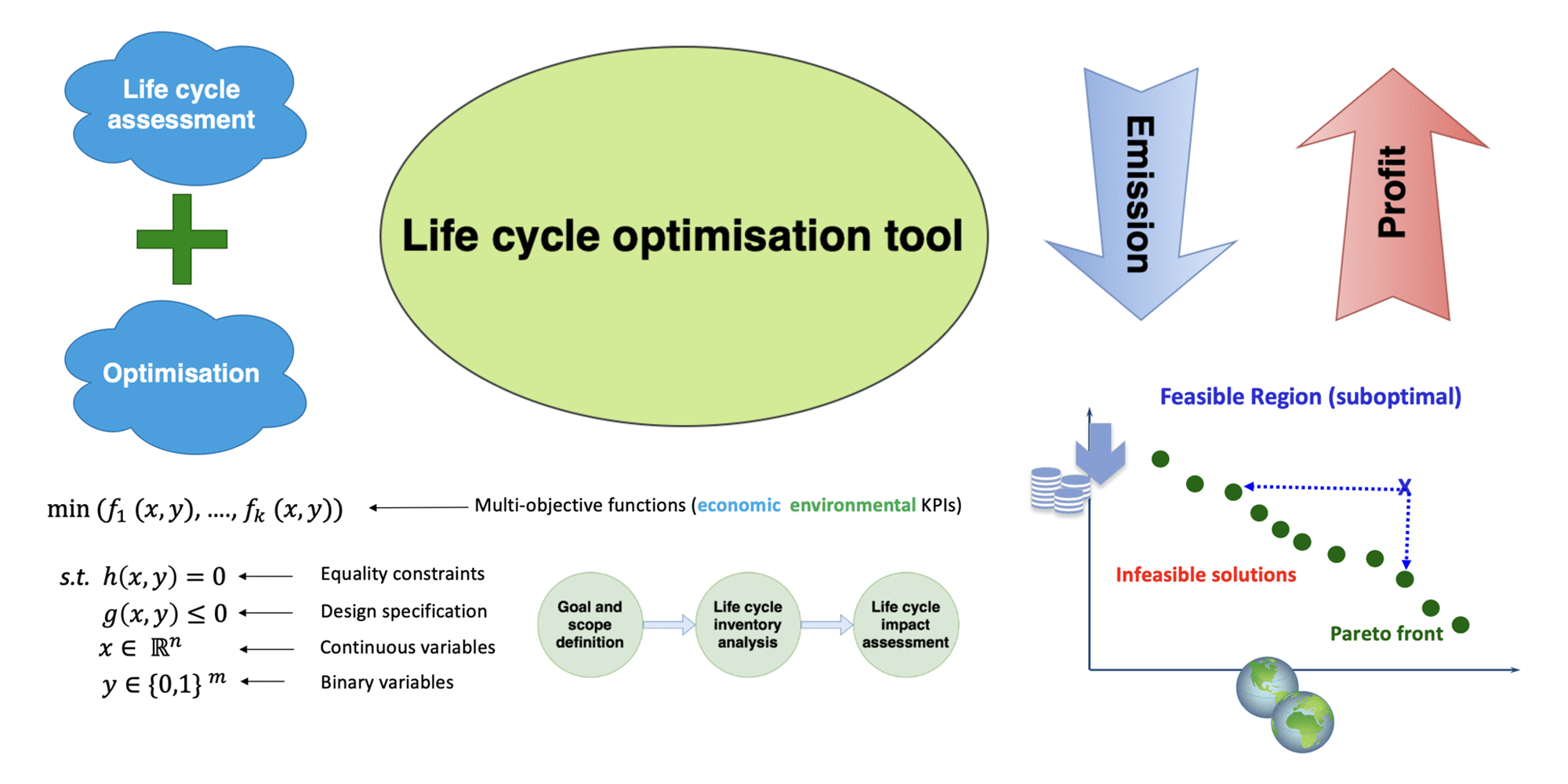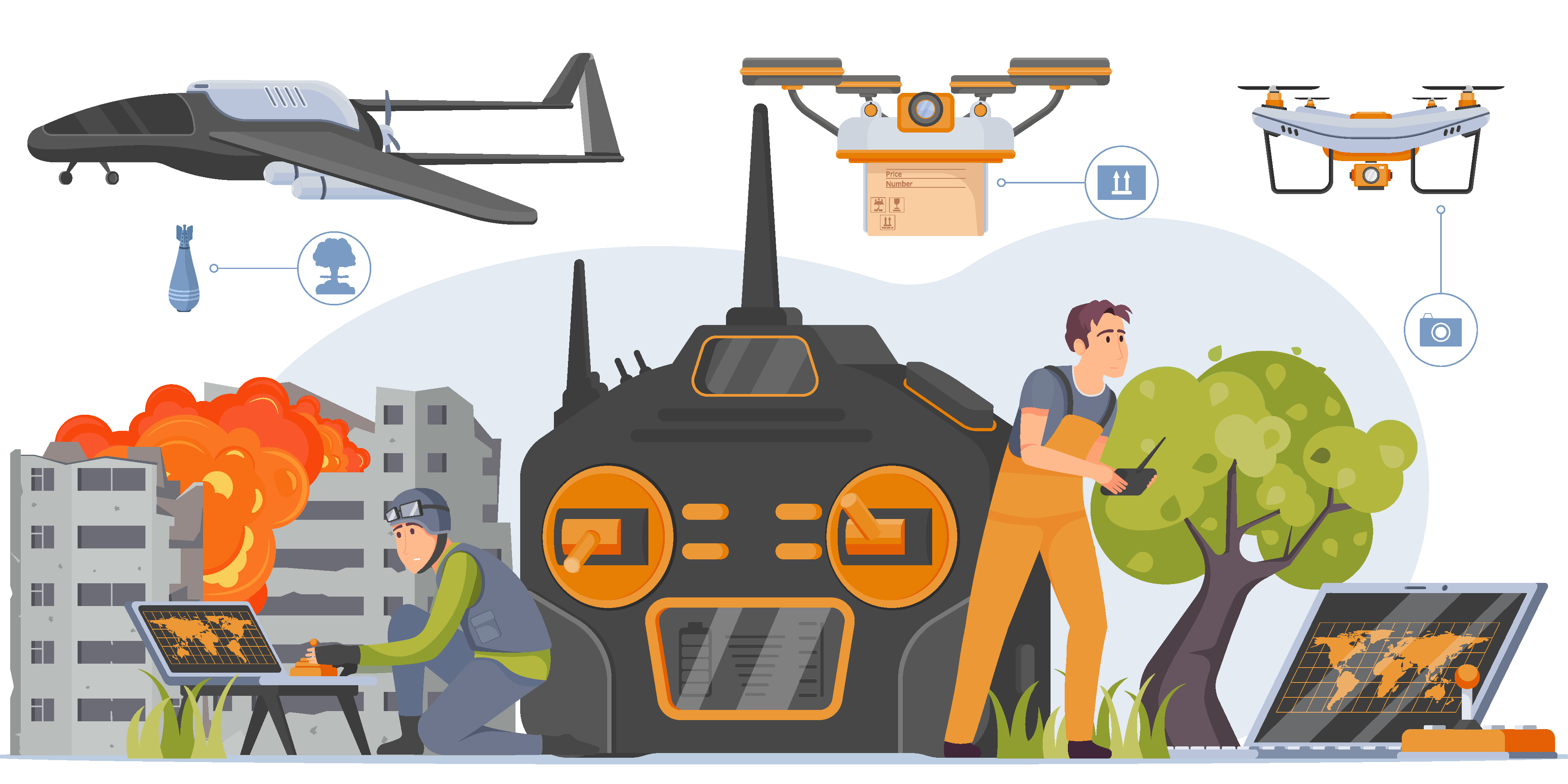Xinyang Sun
I'm |
About
I'm a passionate and self-motivated PhD Candidate in Engineering at King’s College London. I dedicate to unravelling the complexities of the ever-evolving world through the lens of interdisciplinary research. My current research project delves into a dynamic intersection, where telecommunications, machine learning, and sustainability converge. As a PhD Candidate, I thrive on the challenges presented by diverse fields and find immense joy in bridging the gaps between them.
I received my BSc degree in Telecommunications Engineering with Management from Queen Mary University of London and MSc degree in Telecommunications and Internet Technology from King’s College London. My academic journey has equipped me with a versatile skill set, including programming and data analysis. As a believer in the potential of interdisciplinary collaboration, I'm excited to contribute to projects that push the boundaries of traditional academic fields.
Language

English
Bilingual Proficiency

Chinese
Bilingual Proficiency

Spanish
Limited Working Proficiency
Resume
Education
Doctor of Philosophy - PhD, Engineering
Feb 2024 - Present
King's College London, England, United Kingdom
Area of Research: Digital product passport and DPP systems hold great promise to enable digital transition of manufacturing sectors towards circular economy. My project aims to develop a novel modelling approach underpinned by Machine Learning algorithms, optimisation theory to enable DPP technologies and simulate and optimise material and energy flows, support supply chain decision-making on waste recovery maximisation.
Master of Science, Telecommunications and Internet Technology
Sep 2022 - Sep 2023
King's College London, England, United Kingdom
Grade: Pass with Distinction
Key Modules: Network Theory (90), Topics on Data and
Signal Analysis (88), Fundamentals of Digital Signal Processing (83),
Telecommunications Networks I (82), Telecommunications Networks II (79), Digital
Communications (76).
Bachelor of Science, Telecommunications Engineering with Management
Sep 2018 - Jun 2022
Queen Mary University of London, England, United Kingdom
Grade: First Class Honours
Key Modules: Engineering Mathematics 2 (90), Internet
Protocols (79), Image and Video Processing (79), Engineering Environment (Telecom)
(78), Communication Skills (76), Product Development and Marketing (76).
Experience
Data Scientist
Jan 2025 - Present
Carlsberg Group, England, United Kingdom
Developed and deployed a machine learning-based demand forecasting model for a wide
range of SKUs using algorithms such as Prophet, LSTM and XGBoost, achieving over 90%
prediction
accuracy.
Designed and implemented an AWS SageMaker pipeline integrated with S3, enabling
seamless
model training, deployment, and scaling across GB and Ireland markets.
Secured additional funding by demonstrating the success and business impact of the
demand forecasting project, showcasing its potential to drive operational and
financial
improvements.
Data Scientist
Jul 2024 - Jan 2025
Britvic Soft Drinks, England, United Kingdom
Developed and delivered a demand forecasting model for diverse SKUs using advanced
machine learning algorithms, including LSTM and XGBoost, achieving over 80%
prediction
accuracy.
Designed a user-friendly web interface to provide real-time insights and simplify
interaction with forecasting models, empowering stakeholders to make data-driven
decisions effectively.
Built digital twins for the manufacturing lines in Rugby factories, enabling
predictive
maintenance and reducing downtime by identifying potential issues before they
occurred.
Skill
Machine Learning
Data Modelling
Mathematical Optimisation
Artificial Intelligence
Cloud Computing
Digital Sustainability
Research
Publication
- All
- Journal Articles
- Conference Papers
Coding
Contact
Birthday
11th July 2000
Location
London, England, United Kingdom
Phone
+44 7864 584558
Hometown
Beijing, China




